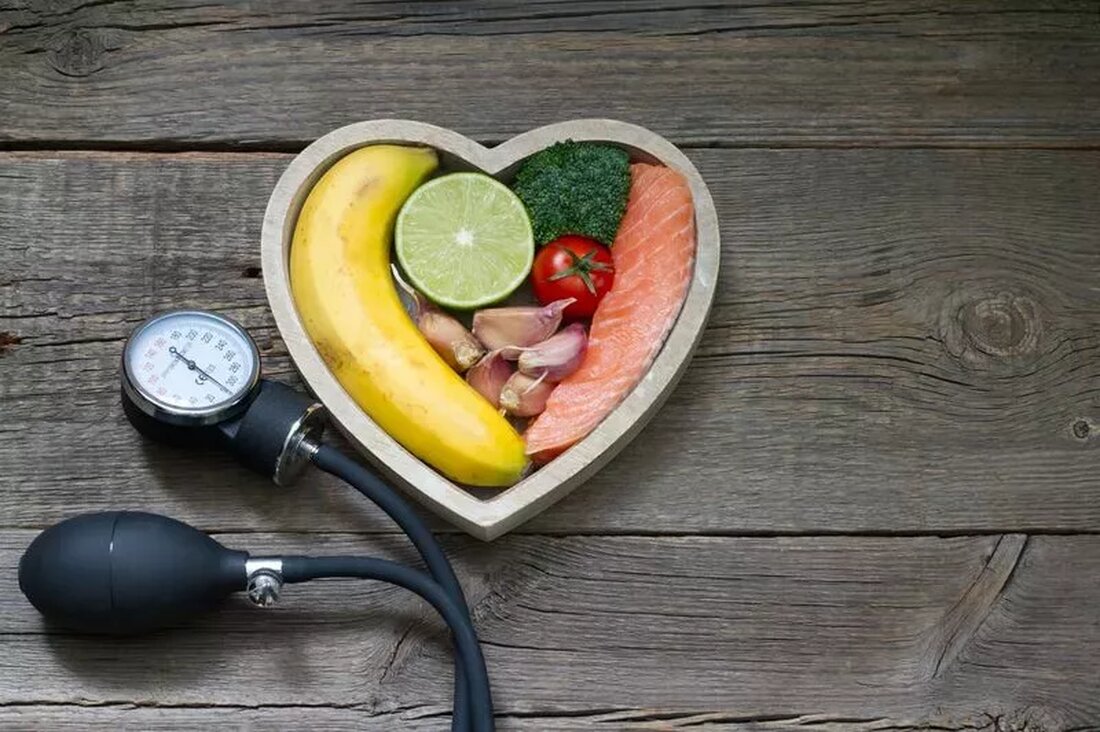Yesterday’s plants – today’s medicines
There is a catchphrase, “living better through chemistry,” that is used to extol the wonders of modern medicine to help humanity. But many of these medicines would not be possible without our medicinal plants. Almost forty percent of all prescribed medications are derived from plants and fungi or made from naturally occurring chemical compounds. Many natural substances, such as various plant alkaloids, have been found to disrupt cell function and are well suited for various cancer treatments. Some natural substances inhibit bacterial growth; some relieve pain and are analgesic. These medicines include aspirin, digoxin, warfarin and the vinca alkaloids, which are used to treat leukemia...

Yesterday’s plants – today’s medicines
There is a catchphrase, “living better through chemistry,” that is used to extol the wonders of modern medicine to help humanity. But many of these medicines would not be possible without our medicinal plants. Almost forty percent of all prescribed medications are derived from plants and fungi or made from naturally occurring chemical compounds. Many natural substances, such as various plant alkaloids, have been found to disrupt cell function and are well suited for various cancer treatments. Some natural substances inhibit bacterial growth; some relieve pain and are analgesic.
These drugs include aspirin, digoxin, warfarin and the vinca alkaloids, which are used to treat childhood leukemia and breast cancer.
Certain populations of a plant species may be more potent than others, and parts of plants vary in their concentration of medicinal compounds. The underground plant parts such as roots, rhizomes and bulbs are often the most effective part of a medicinal plant, where the secondary substances produced by plant metabolism are most concentrated. Organic compounds could be synthesized by chemists in the laboratory. At the beginning of the 19th century, plants were no longer the main source of effective medicines. Some plant compounds still need to come directly from plants because they have not yet been successfully synthesized, including morphine, cocaine, ergotamine, podophyllin, and digitalis. Other plant compounds such as atropine and reserpine are too expensive to synthesize, so pharmaceutical companies continue to rely on natural sources.
About eighty percent of people in developing countries still rely on traditional medicines based on medicinal plants for their primary health care. In the United States, approximately twenty-five percent of prescriptions are filled with drugs whose active ingredients are extracted or derived from plants. Many of the drugs sold today are simple synthetic modifications or copies of naturally derived substances.
Approximately 120 prescription medications are derived from plants, and these medications come from only 95 plant species. Today, there are at least 120 different chemical substances derived from plants that are considered important medicines currently used in one or more countries around the world. These chemical substances are listed in the table below.
We tend to think of prescription and cancer treatment drugs as coming from new medicinal plant discoveries, but there have been many drugs and chemicals that are now commonplace as we no longer think of much as "miracle cures" derived from medicinal plants. The following is a short list of some over-the-counter (OTC), anti-malarial, anti-cancer and specialty treatment drugs and herbal supplements that benefit humanity and whose active ingredients are extracted or derived from plants:
Common (drug; source; effect/application):
- Aspirin; Weidenrinde (Salix Spezies); Analgetikum
- Emetine (Ipecac-Sirup); Cephaelis ipecacuanha; Erbrechen induzieren; insbesondere bei versehentlichem Verschlucken giftiger oder gesundheitsschädlicher Substanzen
- Scopolamin; Hyoscyamus niger; Bewegungskrankheit
- Kampfer; Cinnamomum camphora; Rubefaziös
- a-Lobeline; Indischer Tabak (Lobelia inflata); Abschreckungsmittel zum Rauchen
- Sanguinarin; Blutwurz (Sanguinaria canadensis); Zahnplaque-Inhibitor
- Stevia (Steviosid); Stevia Rebaudiana; Süßstoff
- Thymol; Thymus vulgaris; Antimykotikum (topisch); beliebt in Mundspülungen
- Valapotriate; Baldrian officinalis; Beruhigungsmittel; ohne morgendlichen Kater-Effekt
- Silymarin; Mariendistel (Silybum Marianum); Antihepatotoxisch; unterstützt die Lebergesundheit
- Morphin, Codein; Schlafmohn (Papaver somniferum); Analgetikum ; Antitussivum (Codein)
- Pseudoephredrin; Ephedra sinica; Sympathomimetikum
- Erythoromycin; Tropische Pilze; Antibiotikum
- Tubocurarin; Chondodentron tomentosum; Muskelrelaxans
- Pilocarpin; Jaborandi; Glaukom
Antimalarial (drug; source; effect/use):
- Chinin; Cinchona-Ledrian; Anti-Malaria
- Coartem; Süßer Wermut (Artemisia annua); Anti-Malaria
Cancer treatment (drug; source; effect/application):
- Vinblastin; Madagaskar-Immergrün (Katharanthus roseus); Morbus Hodgkin
- Vincristin; Madagaskar-Immergrün (Katharanthus roseus); Leukämie
- Taxol/Paclitaxel; Pazifische Eibe (Taxus brevofolia ); Eierstock- und Brustkrebs
- VePesid, Etopophos/Etoposide; Maiapfel (Podophyllum peltatum) ; Lymphome; Leukämien; Lungen-, Brust-, Hodenkrebs
- Hycmatim/Toptecan; Chinesischer Baum des Hopfens/der Freude (Camptotheca acuminata); Eierstock-, Brust-, Lungenkrebs; bestimmte Arten von Leukämien
Specialized treatment (drug; source; effect/application):
- Chaulmoogra-Öl; Abgeleitet von Bäumen in den Gattungen Hydrokarpus und Taraktogenos; Antibiotikum gegen Bakterium, das Lepra verursacht
- Digitoxin, Digitalin, Digoxin; Gewöhnlicher Fingerhut (Digitalis purpurea); Kardiotonisch, wirkt als Herzstimulans, das den Tonus und Rhythmus eines kranken Herzschlags verbessert
- Reserpin; Schlangenwurz (Rauwolfia Spezies); Beruhigungsmittel
- Kawain; Kava (Piper methysticum); Beruhigungsmittel
- Atropin; Atropa Belladonna; Anticholinergikum, hilft bei kognitiver Beeinträchtigung
- Gossypol; Gossypium Arten (Baumwollsamen); Männliches Verhütungsmittel
- Hydrastin; Gelbwurzel (Hydrastis canadensis); Blutstillend, adstringierend

 Suche
Suche
 Mein Konto
Mein Konto
